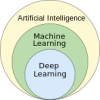NASA Develops Soft Robots for Future Space Missions0
- From Around the Web, Science & Technology, Space
- May 10, 2019
Two interns are prototyping soft robots made using 3D printing and silicon.
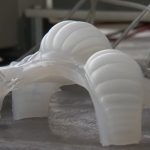
Two interns are prototyping soft robots made using 3D printing and silicon.

Fictional crash tests the ways that disaster response and space agencies would deal with such a natural disaster
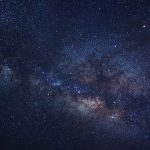
New method cuts through galaxies’ messy emissions, provides clearer window into dark matter, dark energy
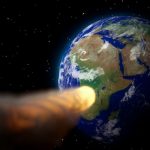
Walter Alvarez’s discovery of the element iridium in the K-Pg boundary, and the discovery of the Chicxulub Crater led to the reason for the extinction of the dinosaurs.

Space experts from several agencies failed to stop an asteroid fragment from wiping out New York City last week.
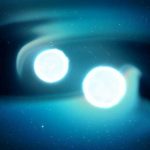
Astronomers still hope to catch a star going supernova and a bumpy neutron star, among others
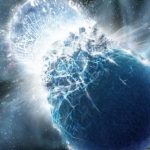
Astrophysicists have detected the gravitational waves produced by a black hole colliding with a neutron star.
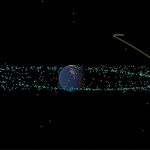
On April 13, 2029, a 1,110-foot-wide asteroid known as 99942 Apophis will speed past our planet at an estimated distance of around 19,000 miles, potentially coming closer to the surface than some orbiting spacecraft.
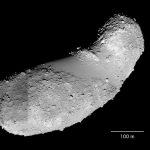
Up to half of Earth’s ocean water may have come from impacts by asteroids

SpaceX delivery delayed after old power-switching unit malfunctions



